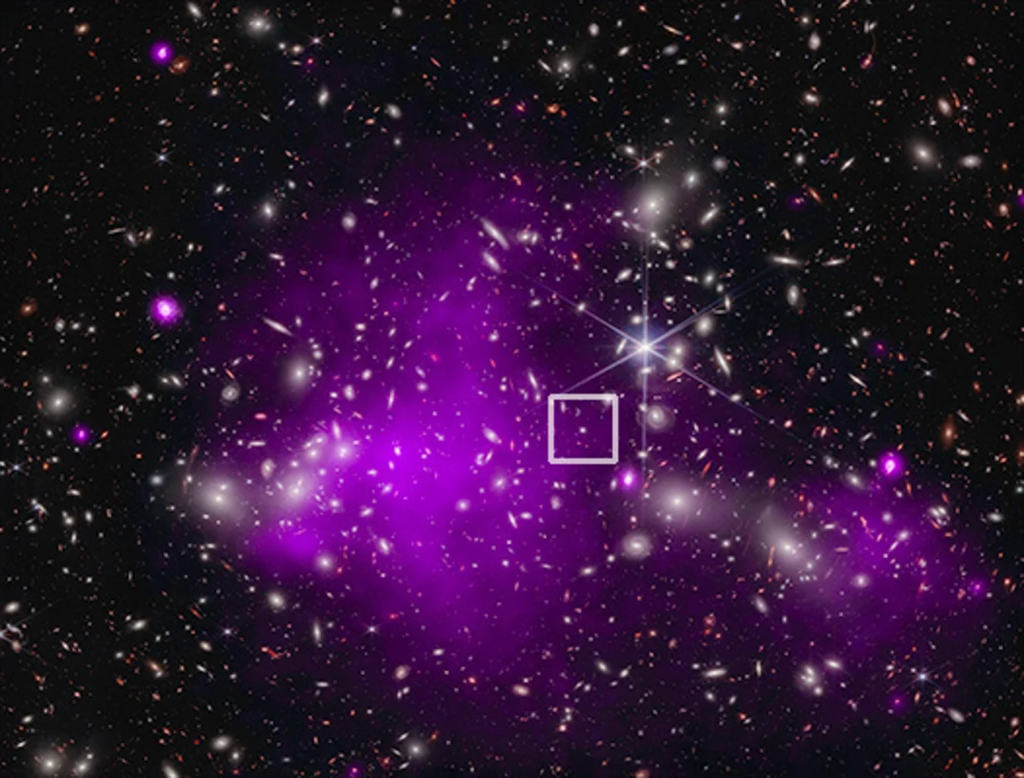Introduction to Supermassive Black Holes
Supermassive black holes, often found at the centers of galaxies, including our Milky Way, pose one of the most profound mysteries in astrophysics. These colossal entities, with masses ranging from millions to billions of times that of our Sun, have been a subject of intense study and debate. Understanding their formation is crucial for unraveling the complexities of our universe’s early stages.
The Conventional Model: Star-Formed Black Holes
Traditionally, it has been believed that black holes form from the remnants of massive stars. When such a star exhausts its nuclear fuel, it undergoes a supernova explosion, leaving behind a dense core that can collapse into a black hole. Over time, these stellar-mass black holes could merge and accrete matter, eventually growing into supermassive black holes. However, this process would require extensive timescales, posing a challenge to explain the existence of supermassive black holes in the early universe.

X-ray: NASA/CXC/SAO/Ákos Bogdán; Infrared: NASA/ESA/CSA/STScI; Image Processing: NASA/CXC/SAO/L. Frattare & K. Arcand
Direct Collapse Black Holes: An Alternative Formation Theory
The Concept of Direct Collapse
Recent theories suggest that the first supermassive black holes may have formed directly from the collapse of massive gas clouds, bypassing the intermediate star formation stage. This direct collapse model posits that in the dense, gas-rich environments of the early universe, certain regions could have experienced conditions conducive to the rapid formation of black holes.
Conditions Favoring Direct Collapse
For direct collapse to occur, specific conditions must be met:
- Low Metallicity: The primordial gas clouds must have low metallicity to avoid fragmentation into stars.
- High Gas Density: The gas clouds need to be sufficiently dense to collapse under their own gravity.
- Rapid Cooling Mechanisms: Efficient cooling mechanisms, such as the emission of molecular hydrogen, must be present to facilitate the collapse without forming stars.

Simulations and Observations
Astrophysical simulations have provided insights into how these conditions could lead to the formation of direct collapse black holes. Observations of high-redshift quasars—extremely luminous objects powered by accreting supermassive black holes—support the existence of such early black holes, formed within the first billion years after the Big Bang.
The Role of Dark Matter in Black Hole Formation
Dark Matter Halos
Dark matter, which constitutes a significant portion of the universe’s mass, plays a crucial role in the formation of structures, including black holes. The gravitational pull of dark matter halos can attract and concentrate gas, providing the necessary conditions for black hole formation.
Baryonic Matter Interactions
Interactions between baryonic matter (ordinary matter) and dark matter further enhance the potential for black hole formation. The dynamics within these dark matter halos, including mergers and accretion processes, contribute to the growth of supermassive black holes.
Observational Evidence and Future Research
High-Redshift Quasars
The discovery of quasars at high redshifts (z > 6) indicates the presence of supermassive black holes in the early universe. These quasars offer crucial evidence supporting the theory of rapid black hole formation through direct collapse or other mechanisms.
Gravitational Wave Observatories
Gravitational wave observatories, such as LIGO and Virgo, provide another avenue for exploring black hole formation. The detection of gravitational waves from black hole mergers offers insights into the population and evolution of black holes over cosmic time.
Future Telescopes and Missions
Upcoming telescopes, like the James Webb Space Telescope (JWST) and the Extremely Large Telescope (ELT), are expected to shed light on the early stages of black hole formation. These instruments will enable astronomers to observe the universe with unprecedented detail, potentially confirming or refuting current theories.
Conclusion: The Ongoing Quest to Understand Black Hole Formation
The origins of the first supermassive black holes remain one of the most intriguing questions in astrophysics. While the direct collapse model offers a plausible explanation, ongoing research and future observations will be critical in uncovering the true nature of these enigmatic entities. As we continue to explore the cosmos, our understanding of black hole formation and growth will undoubtedly evolve, revealing new insights into the early universe’s history.
By leveraging advanced simulations, observational data, and future astronomical missions, we are gradually piecing together the puzzle of how the universe’s most massive black holes came to be.

